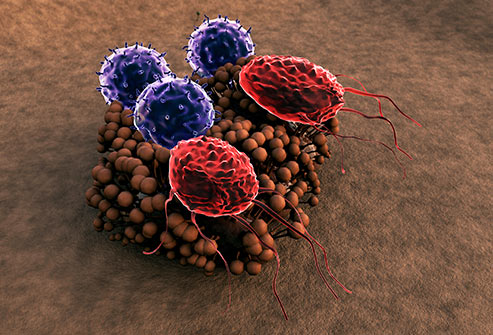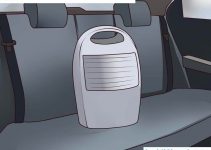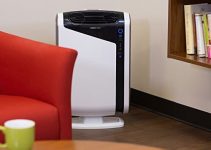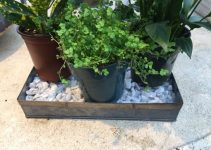Preventing mold allergies is easy if you know how to do it. About 50 percent of children suffer from mold allergies. The most common symptoms include sneezing and coughing. The most severe form of mold allergy can lead to asthma and even lung disease, which is life-threatening.
Prevent Mold Allergy

This fungus can develop both indoors and outdoors. When this organism finds a humid environment, the fungus starts to multiply and thrive. The good news is that you can easily slow its growth.
Dangers of allowing mold growth in your home.
Mold can enter into your body through your lungs and find ways into your skin. Exposure to the organism can cause shortness of breath, headaches, watery eyes, dizziness, and sometimes high fever.
Molds are also known to emit lots of mycotoxins that are even more harmful. The mycotoxins have a negative effect on human biological systems. The toxic chemicals infect and stress our body’s systems.
Mold causes lots of damage to your health and your home. Getting rid of existing mold can be very expensive. The best way is to stop it before it begins.
Steps to prevent mold allergy
1. Take the damp out
Get rid of wet materials in your house. Mold can find its way under your carpet, pillows, clothing, and furniture. The organism needs just a drop of wetness for it to begin to thrive. You can also find it in your walls or behind your wallpaper. Sometimes it grows in the basement and other damp areas in the home. Two common signs include dark rings on surfaces and moldy smells.
2. Set up moisture
Maintaining the right humidity level–around 35 percent to 50 percent–is ideal to fight mold development. When there is high humidity, mold will multiply itself.
You can purchase equipment to measure the moisture in your home. Or, simply install a dehumidifier in damp areas to do the job for you.
3. Fix the leaks
Consider fixing leaky pipes, especially in your kitchen under the sink. Remember, mold thrives in damp environments. Walk around your whole house and take note of any leaking pipes. Fix any of them as soon as you can.
4. Protect yourself
When vacuuming the house or cleaning your garden, always wear a mask. Not all masks can protect you from breathing in mold spores. Choose a tested mold mask which can protect the lungs from airborne molds and prevent allergy symptoms. Use disposable gloves to protect your hands and throw them away after each use. Wear safety glasses to protect your eyes from airborne mold.
5. Clean up carefully
Regular cleaning is one of the best ways to prevent mold. Washing your clothes and bedding in warm water can help get rid of mold spores. Throw away old, unwashed clothing items. If you are an allergy sufferer, you need to be especially careful when cleaning your home.
6. Isolate affected areas
Since mold multiplies rapidly, isolating moldy areas can help slow its spread. Closing off infected areas can help reduce allergy symptoms. If the mold outbreak is not severe, all you need to do is dry up affected areas to prevent further contamination.
For more serious mold problems, always shut the door to the affected area to reduce their spread. This will help stop it from contaminating other rooms. Then, enlist the help of a mold professional. The longer you wait, the more costly the repairs will be.
7. Kick mold outside
Warm weather and high moisture assist mold germination. Small spores enter into your home in the form of dust on shoes and stains on clothes. If you are someone who loves working in the garden, be sure to change your clothes. Keep your gloves and boots outside. When you are finished, immediately take a shower.
Keep your eye on the daily mold count. During peak mold periods, close your windows and turn on your air purifier or air conditioner. Avoid spending too much time in areas contaminated with mold.
It is easier to take precautionary steps now than it is to look for a solution after problems arise. Ensuring you take the necessary steps to remove mold from your house will help keep your home safe and comfortable.



